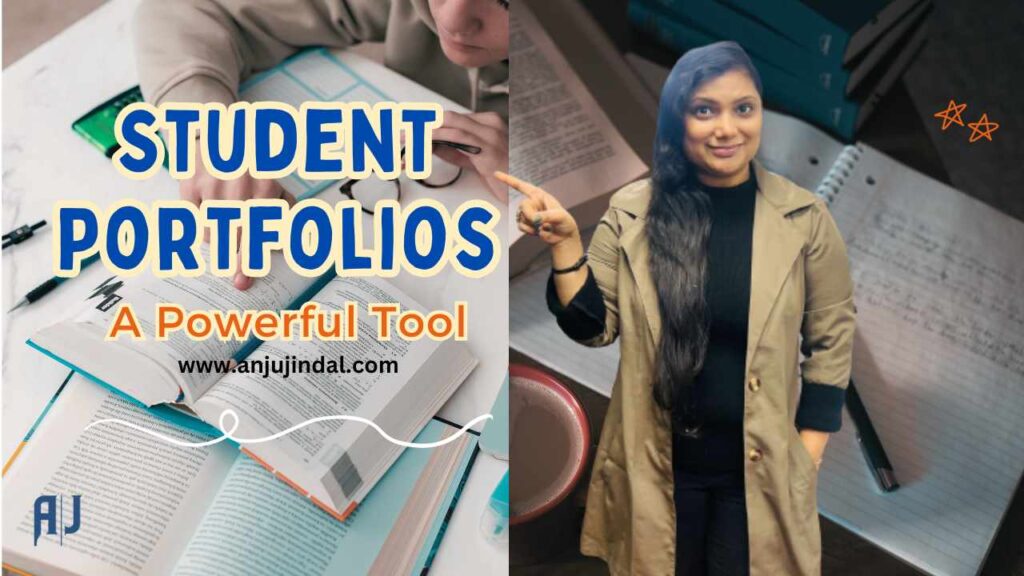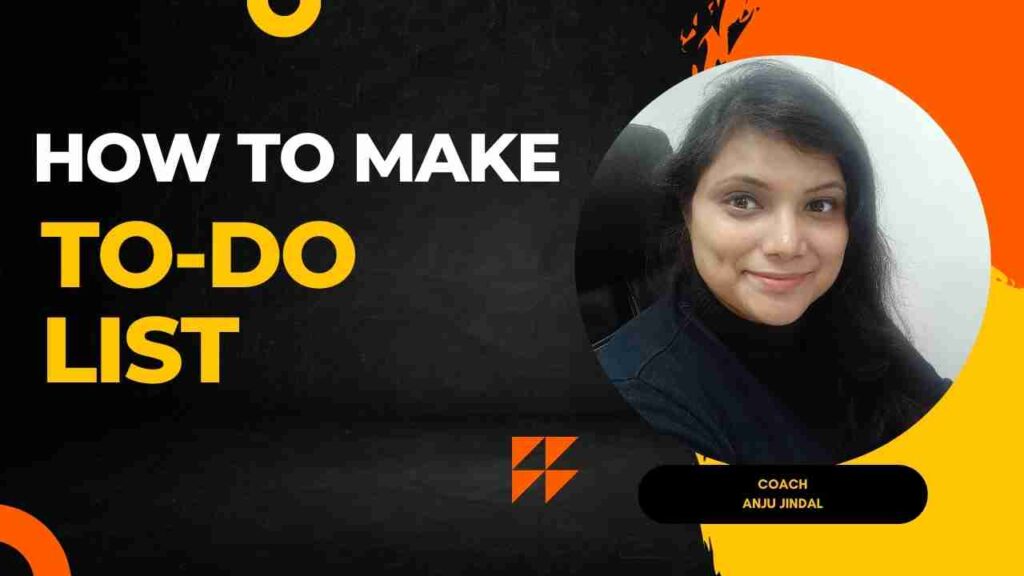In the classroom, student portfolios – a powerful tool is an assessment tool with a host of other uses. Portfolios can help you track students’ development in special education, give parents a better picture of their child’s accomplishments, and help students become more self-directed learners.
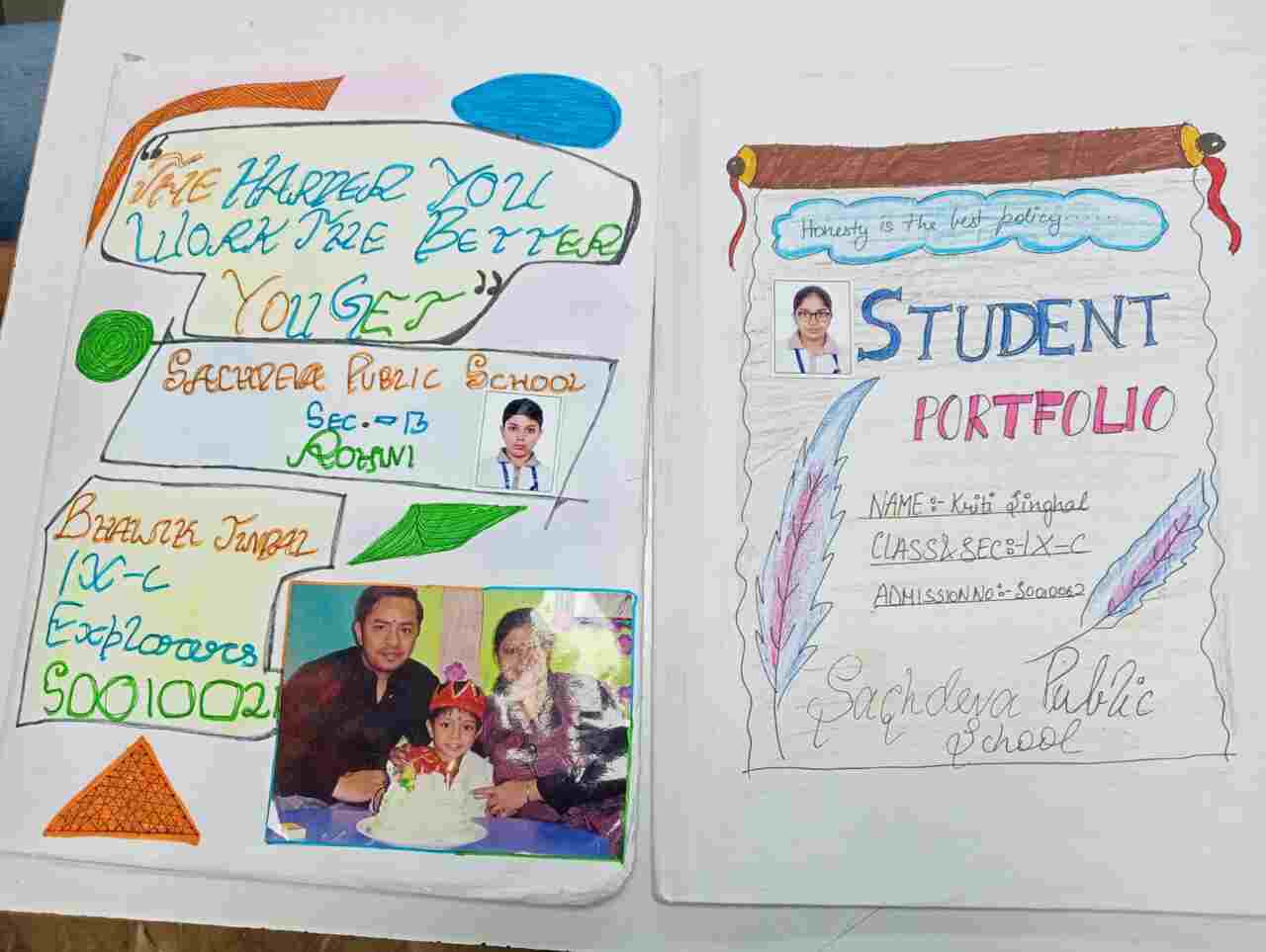
Student portfolios can even help you identify learning gaps in your classroom so you can correct your teaching methods along the way and meet your students where they are.
Sounds like a big win, huh?
In addition, when kids create their own portfolios or take part in creating them, they gain a greater sense of ownership over how their learning journey is reflected. Think of it like this – you prepare everything that goes into a report card, from the grades to the comments. When students put together a portfolio of their work, they can tell their own stories about how they learned.
As part of my career development training, I have created and reviewed all the resources students use. A deep dive into the who, the what, and most importantly the “how” of using this tool in the classroom. Learn how to use this teaching tool to really impact your students by reading on!
Check out the courses I provide.
The Student Portfolios: What Is It?
It’s time to get started. Student portfolios have been around since the 1980s in European countries, so there are many ways to put one together. CBSE has now incorporated it into its school assessment program. The components of a student portfolio differ from school to school and from teacher to teacher, and most importantly, they depend upon the creator’s goal.
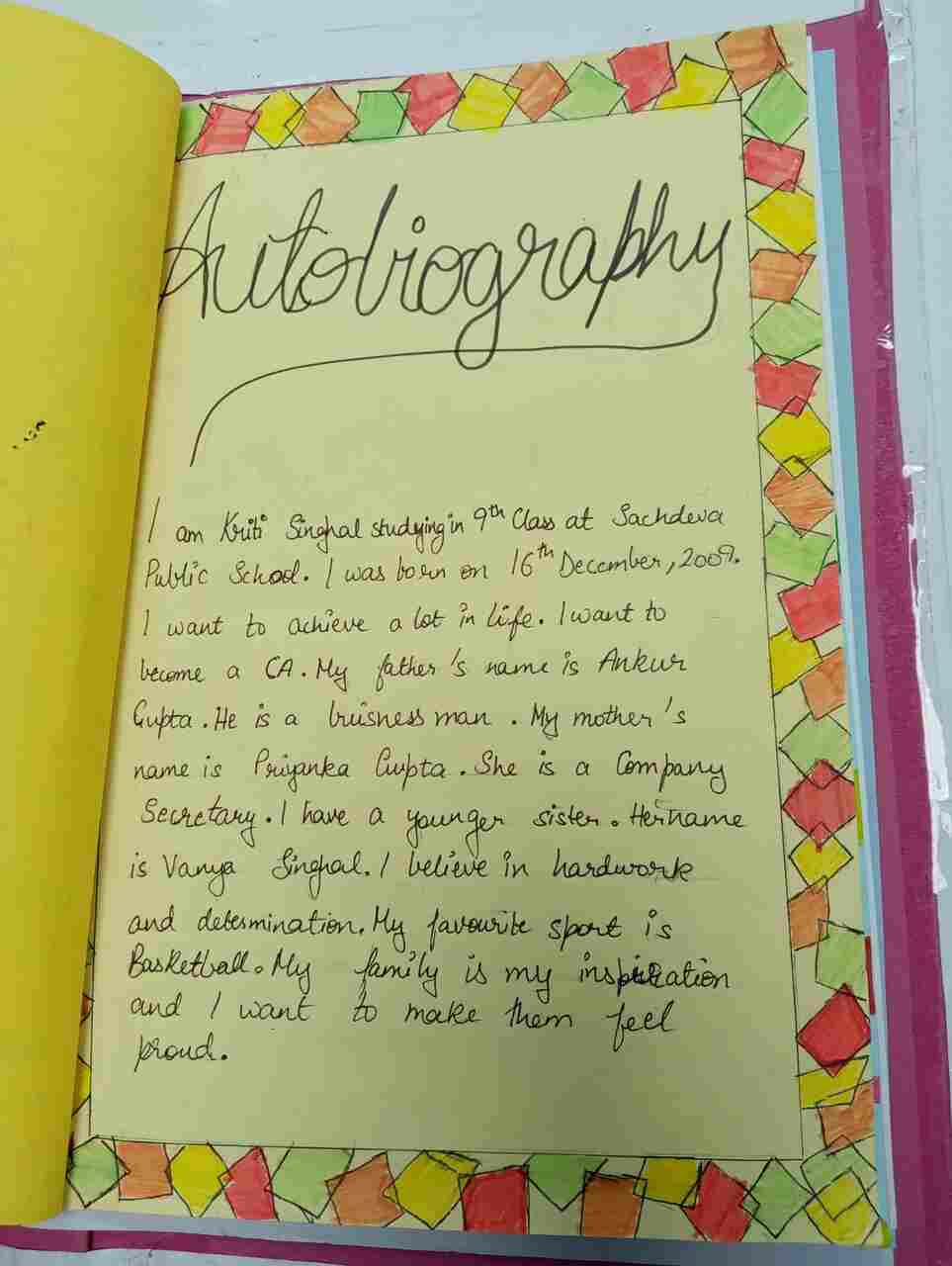
There are a variety of ways to use student portfolios, including:
- Assessment of students
- A visual representation of the learning process
- Students showcasing their best work
Hence, a portfolio could contain anything from sample writing, tests the child has completed, classroom pictures, notes from the teacher about how the child has performed, and self-assessments.
In addition to keeping student portfolios in a physical binder, some teachers are moving toward a digital portfolio set-up with easier sharing with parents or even passing over to the following teacher.
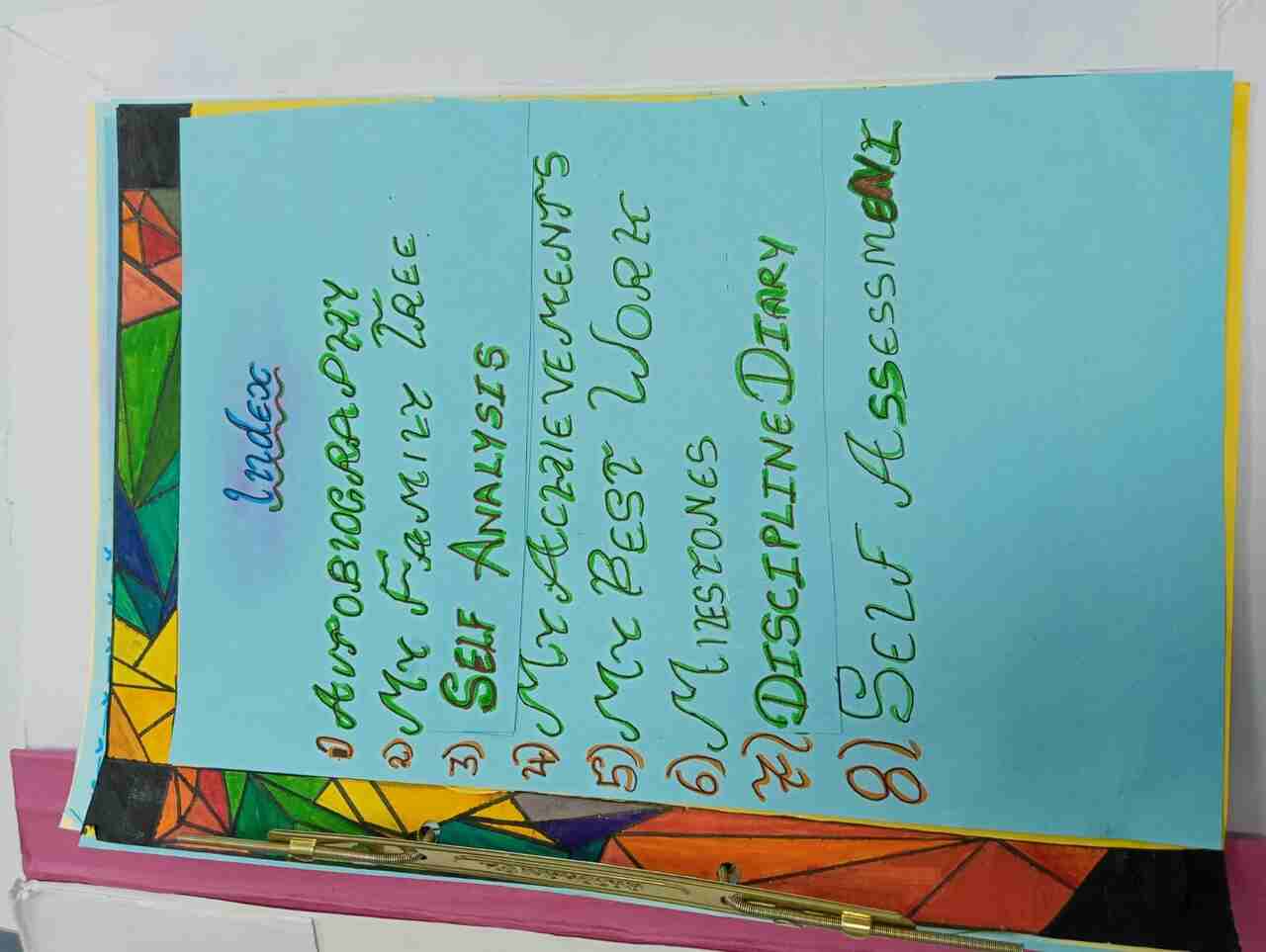
The Student Portfolio: Examples
An educational display
In cases where a student portfolio is intended to display the learning process during a specific unit of study or over a long period of time, allowing the student to create the portfolio is a great way to guarantee their involvement.
In order to assign a portfolio to a student, you should:
- Provide an explanation of the portfolio’s goals
- How will it be graded?
- Provide a checklist of what you will be looking for in the portfolio
Portfolios offer students the opportunity to reflect on their learning. Make sure to end the project with a self-assessment, in which students explain why the items they selected were chosen or reflect on a specific challenge they faced.
Teachers can use these portfolios to assess not just individual pieces of work, but to assess a student’s holistic learning journey as well. Portfolios allow students to show off their successes and all they have learned throughout the school year to their parents.
Demonstration of Best Work
Portfolios are another way students can showcase their best work from a unit or period of time, allowing them to reflect on the time they’ve spent learning a specific topic and choose the items they think best illustrate how they’ve applied that knowledge.
A portfolio in English language arts may include a student’s favorite writing samples throughout the year, demonstrating how they developed as a poet and a non-fiction writer.
There are many uses for this kind of portfolio in the classroom, but it is more of a product than it is a means of assessing learning. In addition to tracking their own growth, students also share their accomplishments with family and friends.
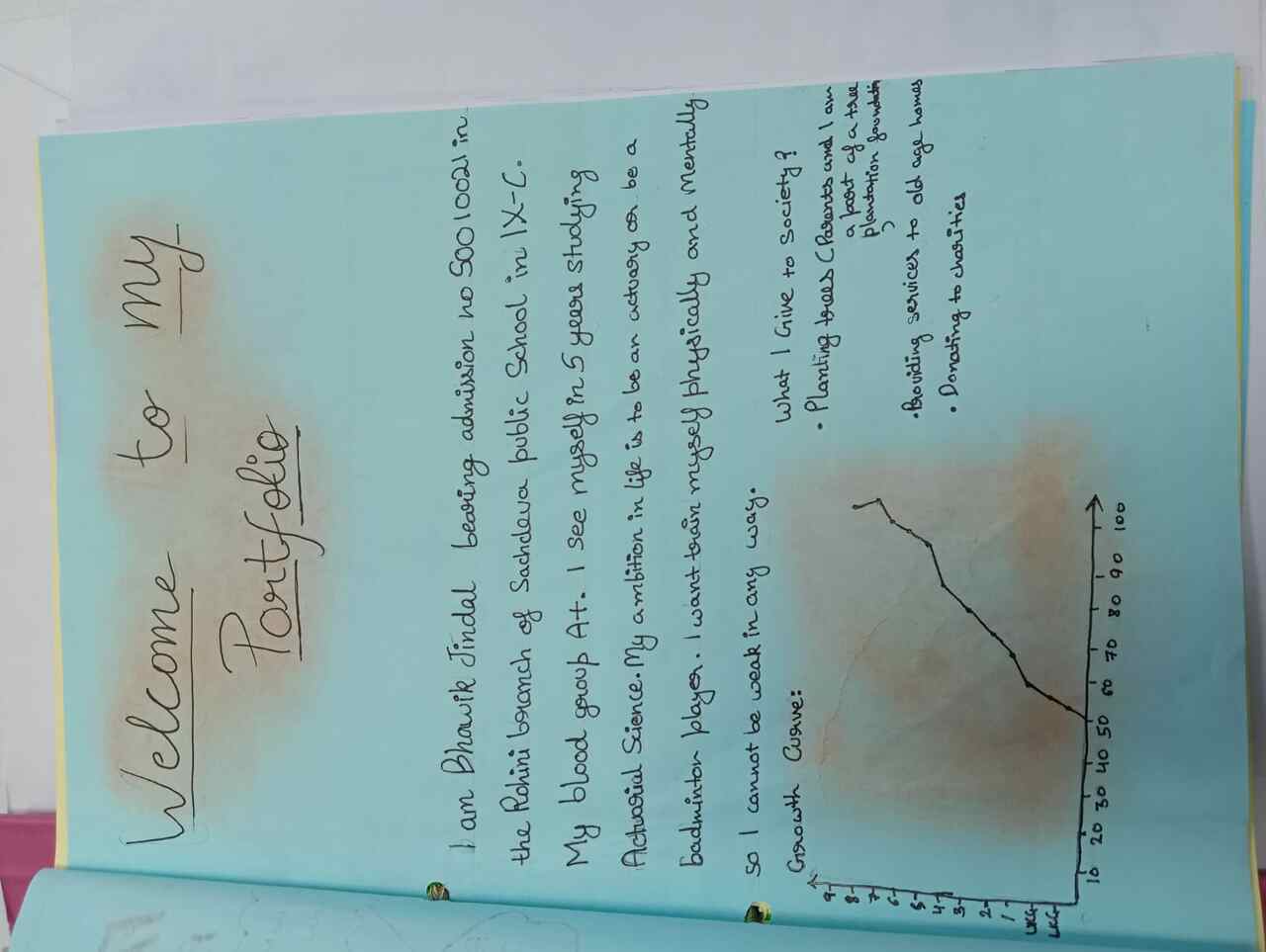
Education for the special needs
Among the many uses of a student portfolio, is in special education, where they can be used to develop accommodations and modifications for an individual education plan. An organized portfolio can provide a comprehensive assessment of a student’s abilities at any given time by tracking his or her growth and development and identifying specific strengths and weaknesses.
The key is to let students take charge whenever possible, allowing them to gather and reflect upon the work that best reflects their learning journey. In their student portfolio, students can write journal entries, complete self-assessments, or keep learning logs. Additionally, you can include your own notes while working with the student or observing them, checklists of skills they have mastered, or even videos that document their progress.
Finally, a student portfolio is a powerful tool for teachers, but you can use it however you like. Feel free to add your own suggestions to these. Be fearless when it comes to unleashing your teaching superpowers!
What to include in Student Portfolios?
The type of work included in a student portfolio depends on the subject or project and the medium of the portfolio. Here are a few examples:
- Autobiography: It has a paragraph about your schooling, family background, and hobbies.
- Self Assessment: This is a checklist with your assessments on it.
- Family Tree: This page contains information about your family.
- Discipline diary: You can fill a monthly sheet with topics like “3 things I need to improve on”, “3 things I did well”, etc.
- Writing samples: essays, journals, research papers, and creative writing samples
- Assessments: Documents on how you are doing need to be added monthly by your subject teachers.
- Artwork and designs: drawings, paintings, graphic designs, and 3D renderings
- Photography and videos: photo essays and short films
- Music and audio recordings: compositions and performances
The focus of traditional portfolios is usually on polished final products, not the journey they took to get there. Modern portfolios should provide insight into the learner’s thought process and learning journey. It will give educators and viewers insight into the learner’s thought process.
What is the importance of student portfolios?
Among the other benefits available to students are:
- Providing them with a visual representation of their progress
- Enhancing self-reflection and Metacognition
- Developing organizational and presentation skills
- Instilling a sense of ownership and agency in their learning
- Assisting with college and job applications
As a result of updating their portfolios regularly and presenting their work effectively, students should have crucial skills for college and career readiness. They should also empower themselves to become active participants in their education. For deeper learning, learner agency is essential.
What is the importance of portfolios for teachers?
Portfolios can also benefit educators! Educators can use student portfolios to:
- Visualize student understanding and growth
- Analyze student work and provide actionable feedback
- Keeping track of student progress
- Assess their teaching practices and identify areas for improvement
- Differentiate instruction and individualize learning
We can incorporate students’ portfolios into project-based and experiential learning styles to enhance their ability to demonstrate their knowledge and skills. The student portfolios can also help teachers reflect on their teaching practices, identify areas for improvement, and use student work as evidence of growth and development. It is a win-win situation!
How to Create Student Portfolios?
Making portfolios in the classroom is all about letting the students lead! It should be up to them to choose the pieces of work to showcase in their portfolios. As an educator, you can guide your students on how to present themselves.
It takes planning and attention to create a student portfolio. When creating a portfolio, students should follow these steps:
- Identify the portfolio’s purpose and goals
- The type of portfolio that best suits their needs should be selected
- Work and materials should be gathered and organized
- Self-assess their progress and reflect on their work
- Organize and present their work professionally
